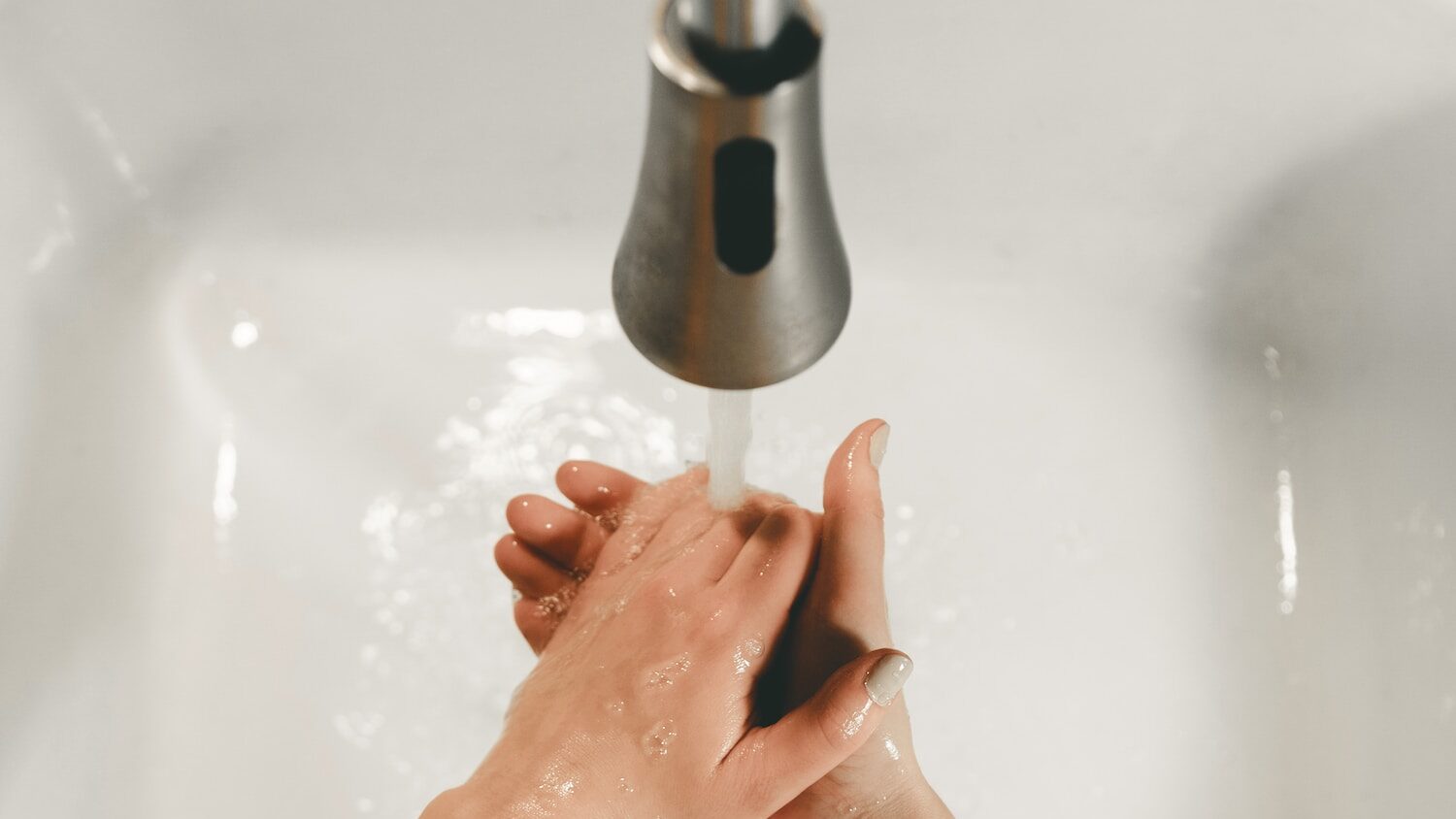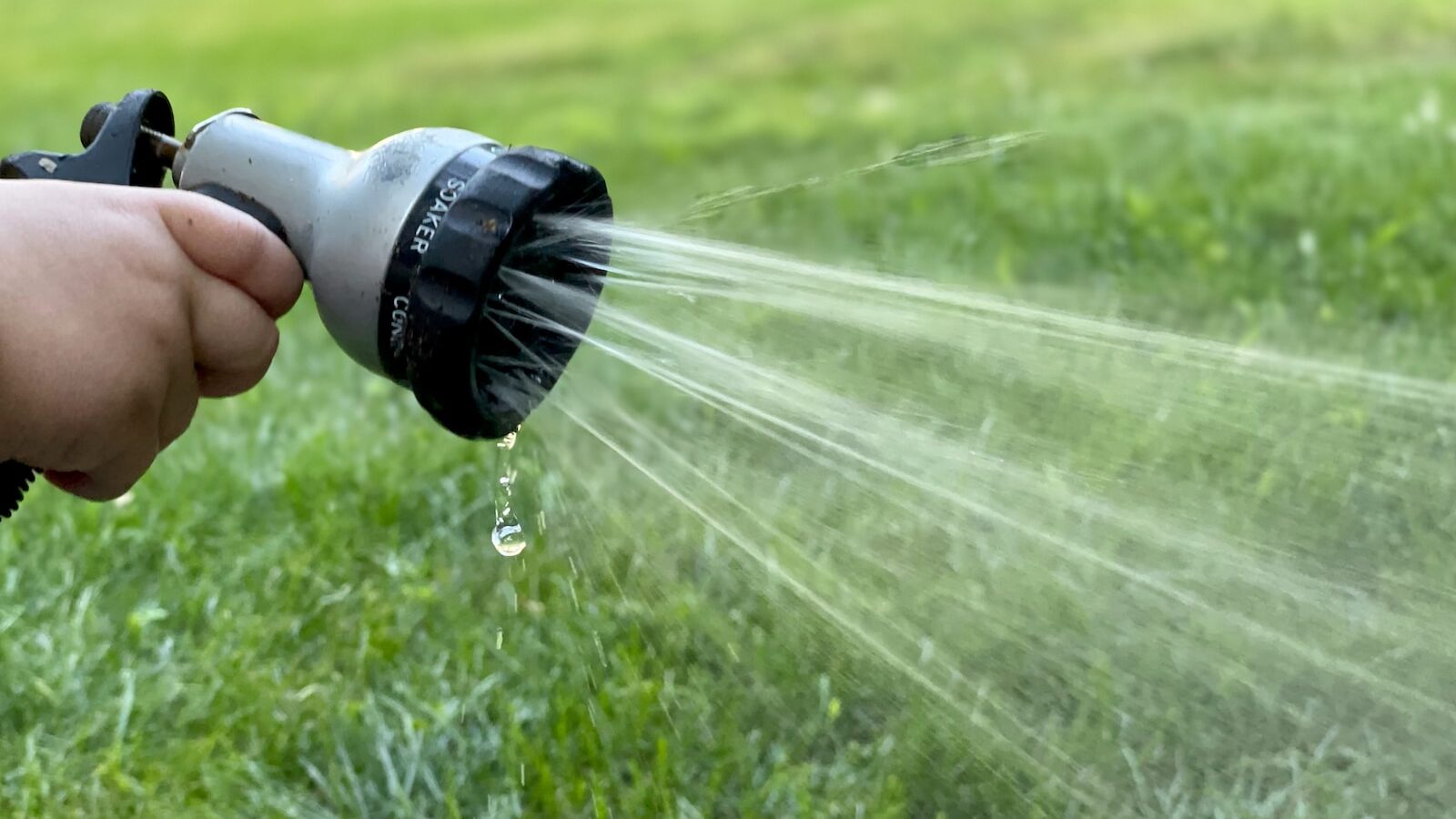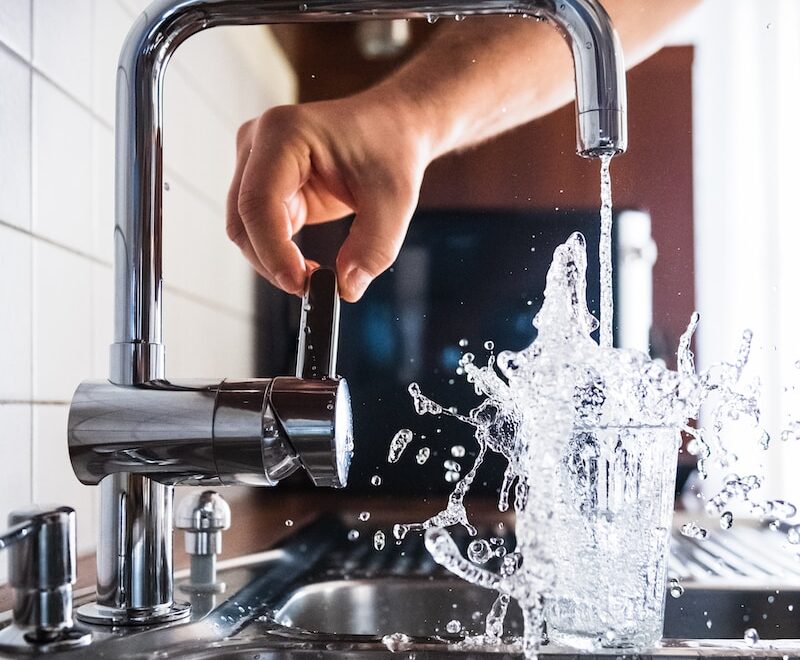Water consumption in the kitchen can be a major contributor to an overall household’s water usage, in fact, depending on the size of your home and how often you cook and clean, it is estimated that up to 30-40% of all water used by a family comes from activities in the kitchen.
While many of these activities are necessary for basic sanitation and meal preparation, there are some simple steps you can take to reduce your water usage without sacrificing comfort or convenience. From installing low-flow fixtures to implementing recycling systems, there are numerous ways to save both money and resources while still maintaining a comfortable living space.
This article will explore some easy ways for homeowners to save on their kitchen’s water consumption with tips ranging from using low-flow faucets to setting up greywater recycling systems.
3 Key Water-Saving Tips for the Kitchen
Tips for Saving Water at the Sink – Install low-flow fixtures and aerators to reduce water waste when using the sink. Low-flow faucets are designed to save up to 30% of the water used during normal operation, while aerators can help conserve even more by further reducing the rate of flow. Also consider installing “smart” or motion-activated faucets that are activated solely with a wave of your hand, eliminating wasted water due to continuous running. Finally, be sure to check for leaks around any existing faucets in order to address and eliminate wasteful dripping as soon as possible.
Tips for Saving Water Washing Dishes – Make it a habit to only run dishwashers when they are full rather than washing dishes manually or running multiple cycles on partial loads. If you do choose manual washing over machine use, fill one side of your sink with soapy water and rinse off plates and utensils with fresh water from another basin filled halfway. Additionally, replace old dishwashers with Energy Star certified models which have been proven both energy efficient and effective in reducing overall kitchen water consumption by 20%.
Tips for Reducing Water Usage When Cleaning – Consider switching out traditional cleaning products such as sponges and rags in favor of steam cleaners which require less hot water than other methods while still providing an effective cleanse. Furthermore, investing in microfiber cloths has been shown not only to eliminate chemical pollutants from entering waterways but also to require substantially less liquid than conventional cleaning techniques.
As an easy bonus tip, setting up rainwater harvesting basins around outdoor areas can provide an easy source of free water for the garden.
Tips for Choosing Water-Saving Kitchen Faucets

Types of Water-Saving Faucets – When looking for a water-saving faucet, there are several different types to choose from. Low-flow faucets are designed to use less water than traditional units, saving up to 30% on average.
Sensor-activated faucets turn off automatically when they sense that no one is near the sink and can reduce water usage even further. Additionally, touchless or hands-free models allow users to simply wave their hands in order to start and stop the flow of water without having to manually adjust any settings. These types of fixtures have been proven not only effective in conserving water but also convenient, and also possibly helpful in reducing the spread of bacteria by reducing touchpoints.
Benefits of Using a Water-Saving Faucet – Installing a low-flow faucet has numerous benefits both economically and environmentally. By reducing the amount of excess waste produced during typical activities such as washing dishes or rinsing fruits and vegetables, households will immediately see savings on their monthly utility bills due to decreased consumption levels overall. Additionally, making this simple switch reduces strain on municipal infrastructure systems by decreasing demand for treated drinking water which can often suffer from periods where supplies become scarce during especially dry seasons or times when other natural disasters occur within impacted areas.
Choosing the Right Water-Saving Faucet – Water faucets should be labeled with their maximum flow rate and you should be looking for no higher than 2.2 gallons per minute (gpm). Other important factors are of course your preferences, whether you want to choose a touchless faucet, and what is suitable for your current sink.
How Much Water is Saved by Using a Dishwasher?

When it comes to washing dishes, the debate between hand-washing and using a dishwasher has been going on for years. While hand-washing can be more efficient in some cases, many people tend to overlook the potential savings associated with dishwashers. The average household uses approximately 20 gallons of water per day when performing manual washing chores around the kitchen sink, while newer energy star certified models that feature low-flow technology use as little as 3 gallons of water per cycle. This means that by switching from manual cleaning to the latest dishwashers, households have the potential to reduce their overall consumption rate by up to 85%.
In addition to reducing water usage, other advantages of using a dishwasher over traditional methods include improved sanitation due to its ability to reach higher temperatures during each cycle which eliminates harmful bacteria from utensils and other dishes more effectively than standard hot tap water would alone. Furthermore, operating an automatic appliance eliminates any need for scrubbing or pre-soaking which can save time and effort during meal preparation thereby allowing families more quality time together.
When selecting a new model there are several factors that should be taken into account such as size (which will depend on how much space is available in your kitchen) number of cycles offered (ranging from light-duty washes all the way up through heavy-duty models suitable for large dinner parties), noise levels produced (low noise units are ideal if you’re trying not to disturb others in close proximity) and price range within budget constraints among others. Ultimately choosing a well-made unit with appropriate features will ensure optimal performance while providing maximum energy efficiency resulting in long-term cost savings both now and further down the road when considering replacement options at some point in future years.
You can find Energy Star rated dishwashers listed at energystar.gov along with their energy and water consumption.
Kitchen and Grey Water Recycling System
A kitchen and grey water recycling system is a type of plumbing system that collects, stores, and reuses water from sources such as sinks, dishwashers, washing machines, and showers.
The collected water is then reused for other purposes such as watering plants or flushing toilets. This helps to conserve both potable (drinking) water supplies as well as reduce the amount of wastewater entering municipal sewer systems.

The benefits associated with using a kitchen and greywater recycling system are numerous. Not only does it help to reduce overall household costs by decreasing demand on utility bills but it also contributes positively towards environmental sustainability efforts.
Installing a kitchen and greywater recycling system can be done yourself if you have basic knowledge about plumbing concepts although professional assistance may be wise and may even be required by law in some jurisdictions.
To learn more about greywater systems the greywateraction.org website is a great place to start.
Conclusion
In conclusion, it is important to recognize the importance of water conservation and efficiency when it comes to our everyday lives, the state of the environment, and our individual roles in conservation efforts.
Taking small steps such as investing in a low-flow or touchless faucet can have a big impact on reducing water usage over time. Additionally, using an energy star certified dishwasher instead of handwashing dishes has been shown to reduce overall water consumption by up to 85%.
Finally, setting up a kitchen and greywater recycling system will not only help conserve resources but also provide extra irrigation supply during drought periods thereby helping promote healthier plant life while preserving natural habitats for years to come.
By making conscious decisions about how we use our most precious resource – water – we can all do our part in creating a more sustainable future.

